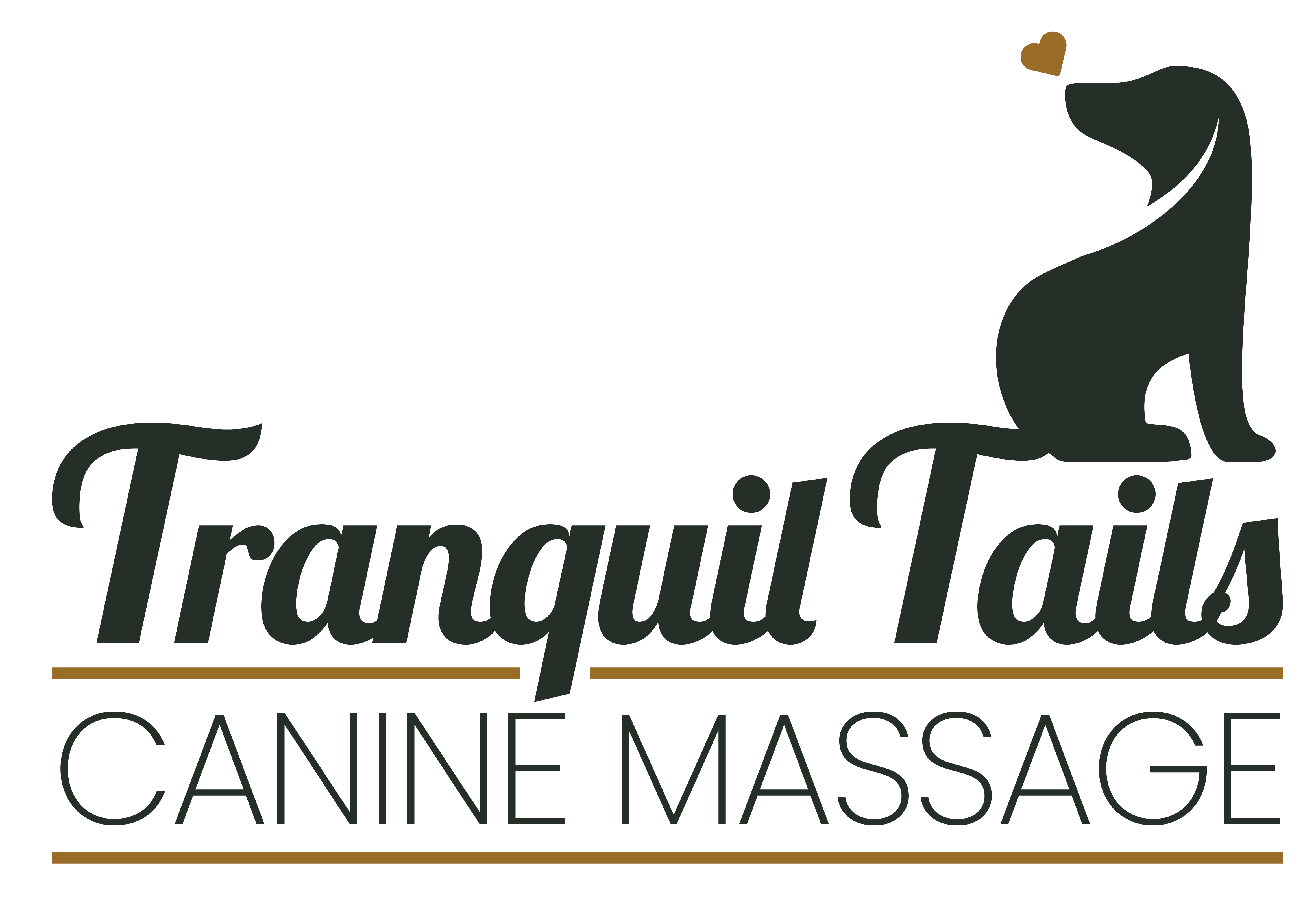The third full week in March is National Poison Prevention week. It’s a week set aside to provide education on how to prevent poisoning in both humans and pets. When I read about this, I instantly thought about a recent event in my pet’s life. The other day my mom was visiting. She loves giving my Weimaraner treats of all kinds. She loves asking her to sit, stay, etc. My mom loves her to death and in turn, Dahlia thinks my mom is the coolest person on the planet because mom gives her stuff to eat. My mom is usually really good about asking me if it’s ok to give her treats but the other day, she didn’t and it was almost a serious emergency.
We were on our way out and my mom was snacking on some grapes. I was out of the room doing something and my mom offered her a grape. Dahlia gladly took it and was begging for more when I walked in and instantly stopped my mom from giving her more. In case you didn’t know, grapes are highly toxic to dogs. Grapes can cause vomiting, diarrhea, abdominal pain, kidney failure and even death. Now, one grape is not likely to hurt my large dog, but the situation was a perfect example of how things that we consider a treat can actually be harmful to our pets. It’s also a good example of how important it is to educate ourselves about the various toxins out there and about what to do if you suspect your pet has come into contact with something toxic to them.
First, it’s a good idea to make a list of common things that come into your home that could be toxic. Place it somewhere highly visible. This list can vary from home to home. Keep all medications, cleaning products, and other potentially toxic items up and away from your pet’s reach. Think of your dog as a toddler that can and will try to get into anything within reach. This includes houseplants that are potentially toxic. Hopefully, this will prevent any problems.
If your pet does get into something she shouldn’t, have the number of your veterinarian posted somewhere you can quickly access. It’s a good idea to also have the number to your local pet emergency clinic posted in case your regular vet clinic is closed. I keep my vet’s information posted inside the cupboard where her heartworm and flea treatments are kept. Call the vet immediately and calmly tell her what you think your pet got into, how much, and when. If you have the packaging and are told to bring your pet in, bring it with you. If you don’t have the packaging or you think your pet may have eaten a toxic plant, take a picture of the plant she may have eaten. Your vet may instruct you to contact the ASPCA Animal Poison Control Center hotline at 1-888-426-4435. The call is toll free, but you will be charged a $65 consultation fee. The ASPCA Animal Poison Control Center also has an app you can download to your smartphone.
What you should not do is search the internet for possible antidotes or ways to make your pet vomit. These recommendations can potentially do more harm than good. The internet can also have misleading information about how toxic an item is. Always contact your veterinarian if you suspect your pet has gotten into something potentially toxic.
So, since next week is poison prevention week, if you haven’t already made a list of potentially toxic items in your home or put the phone number to your vet in a readily available place, this is a great time to do it. Hopefully, you won’t have to use it, but if you do you’ll be ready.
Sources:
1. McKnight, BS, CVT, K. (2005, February). Grape and Raisin Toxicity in Dogs. Retrieved from http://aspcapro.org/sites/pro/files/q_0.pdf
2. ASPCA Animal Poison Control. (2017) Retrieved from http://www.aspca.org/pet-care/animal-poison-control
3. Hollow, M. C. (2016, March). Retrieved from http://dogtime.com/dog-health/21254-national-animal-poison-prevention-week-2015
